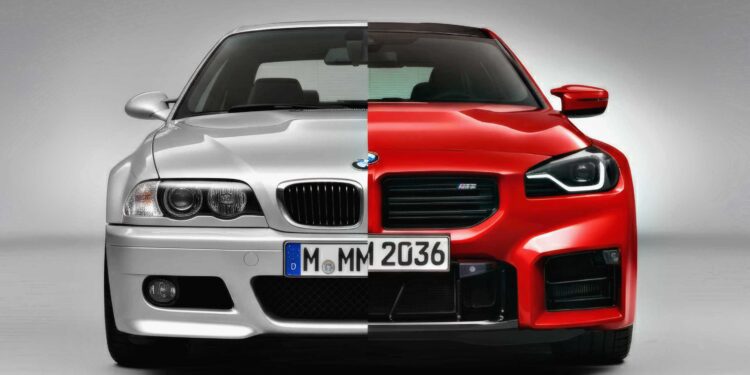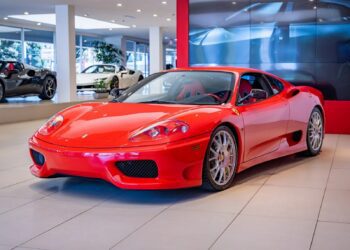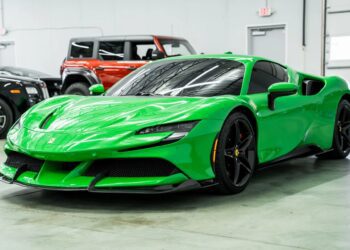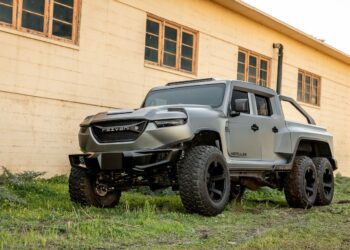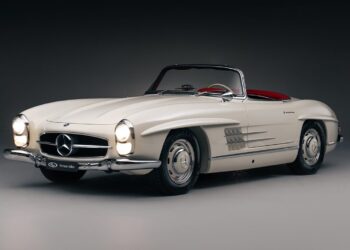When you look at the modern-day G80 BMW M3 and G82 BMW M4, they are performance powerhouses without a shred of doubt even if that bold front-end design (yes, the “beaver face” grille) has sparked endless debate. Over the generations, both cars have grown bigger, heavier, are packed with more tech than ever, and in the process they might have lost a bit of that old-school compact sports-car soul.
This is a path that most long-lineage performance models have followed, be it the Porsche 911 or the Chevrolet Corvette. The only outlier without a size increase is the Mazda MX-5. If you’re an enthusiast who wants something from Bavaria, but with more compact dimensions and purist character, that’s exactly where the BMW M2 G87 comes in.
As recently noted by Harry Metcalfe of Harry’s Garage, the M2’s dimensions are strikingly close to those of the legendary E46 BMW M3. Looking at the numbers, the M2 is 180.3 inches long and 74.3 inches wide, while the E46 M3 measures 176.9 inches by 70.1 inches. It’s still not as compact as the E30 BMW M3 but far smaller than the G82 M4.

The current M2 rides on BMW’s CLAR platform (a shortened version shared with the M3 and M4), giving it the same track width as its bigger siblings yet a tighter wheelbase, which should help it feel more alive on twisty roads.
Under the hood, the M2 packs BMW’s S58 twin-turbocharged 3.0-litre inline-six, the same basic unit used in the M3 and M4 but down-tuned to 453 horsepower and 406 pound-feet of torque with the six-speed manual, or 443 pound-feet with the automatic. Power still goes exclusively to the rear wheels, exactly how an M car should be. It can sprint from 0 to 60 miles per hour in 3.9 seconds with the automatic, 4.1 seconds with the manual, and hit 177 miles per hour if you tick the M Driver’s Package.
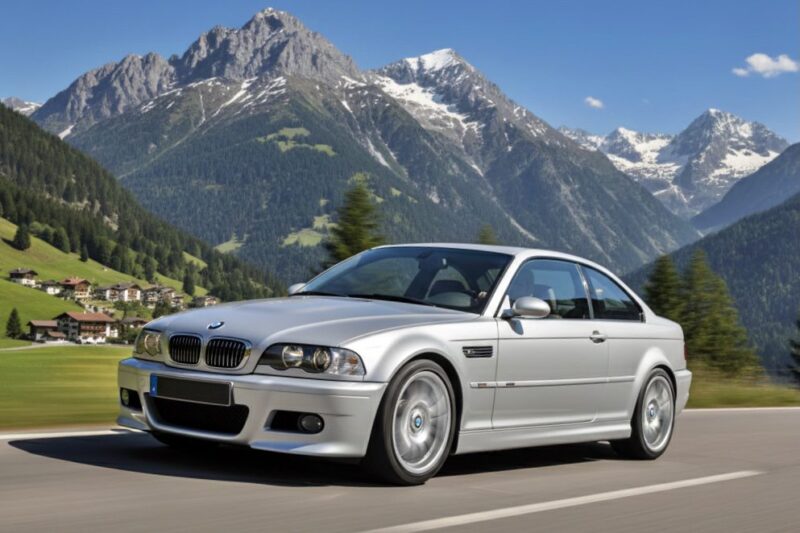
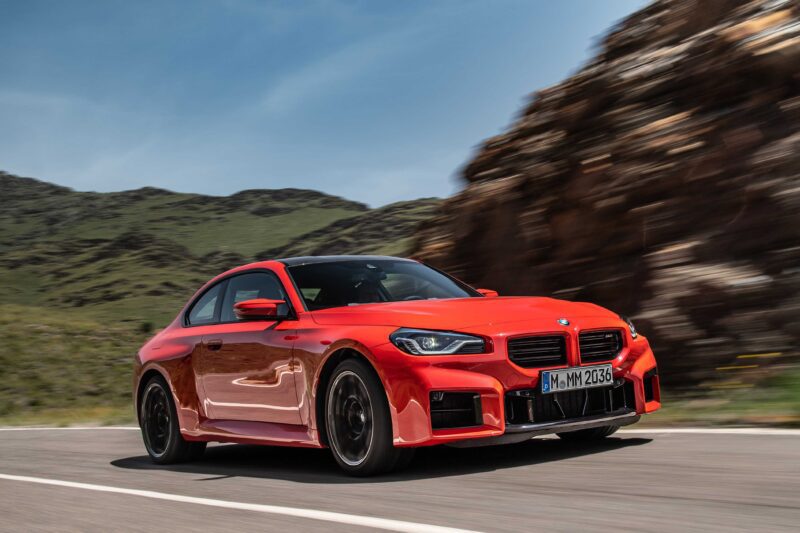
With Adaptive M suspension, an active differential, and massive 15-inch front brakes, the car should be razor-sharp on road or track. At a curb weight of 3,814 pounds, the G87’s 8.07 pounds per horsepower power-to-weight ratio easily outguns the E46’s 10.0 pounds per horsepower.
The E46 is a front-engine, rear-drive masterpiece that purists continue to hold in high regard two decades on. The standard E46 M3’s S54 3.2-liter unit put out 343 horsepower and 269 pound-feet of torque. It remains a front-engine, rear-drive masterpiece that purists continue to hold in high regard two decades on. The M3 GTR of the third-gen M3 was the hero car of Need for Speed Most Wanted, the poster child for a whole generation.
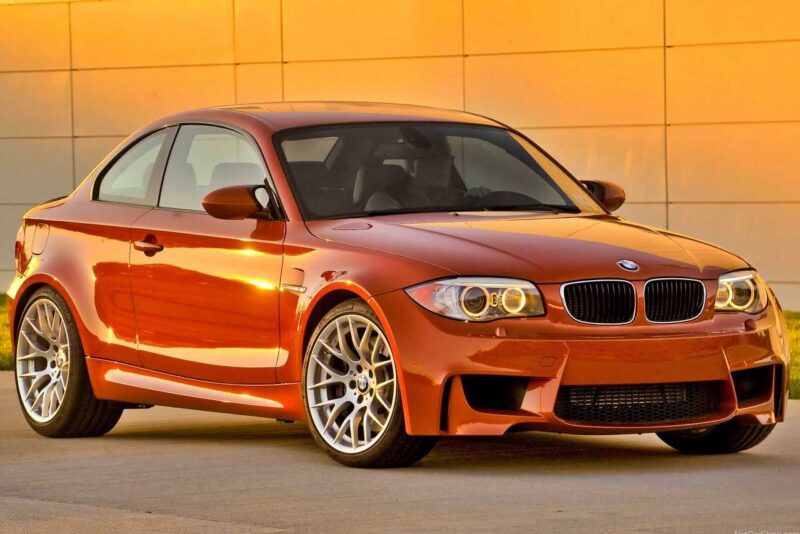
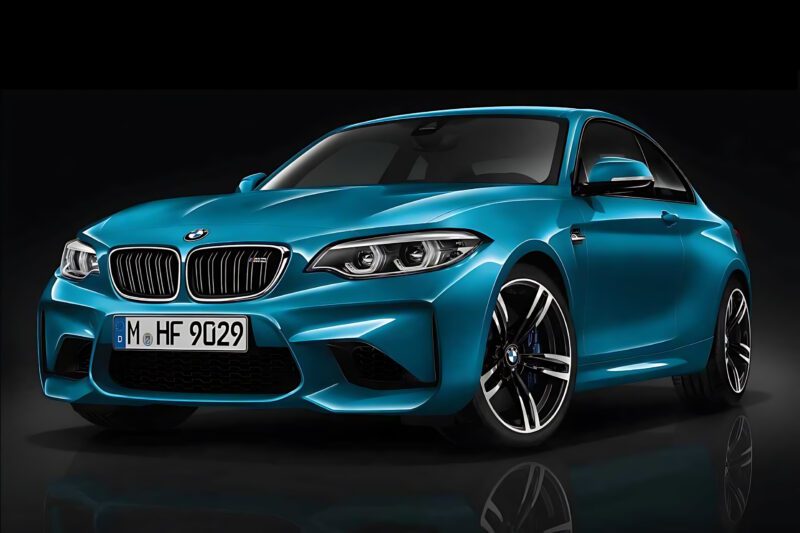
Two decades on, and the G87 M2 continues to retain that magical formula, front-engine, rear-drive, and three pedal engagement. But long before the G87 M2 arrived in 2022, another BMW compact bridged the gap: the BMW 1 Series M Coupe (the “1M”). Built for just a single model year in 2011, the 1M was BMW’s first real attempt to rekindle the analog BMW thrill in a modern age. It featured a turbocharged 3.0-litre inline-six producing 335 horsepower, a six-speed manual, and rear-wheel drive only.
At 3,296 pounds, its 9.8 pounds per horsepower ratio and short wheelbase gave it a reputation for being wild and twitchy. Only 6,309 units were built worldwide, with fewer than 800 making it stateside. Today, clean examples command anywhere between $70,000 and $100,000, often more than they cost new.
The 1M was a tough act to follow, and the previous-generation F87 M2 (2016–2021) carried that torch. It featured a 3.0-litre straight-six producing 370 horsepower and 343 pound-feet of torque. The more potent version, the M2 CS (F87), packed 444 horsepower from the M4’s S55 engine and weighed just over 3,400 pounds. Limited to about 2,200 examples, it’s already trading close to $100,000 on the used market.

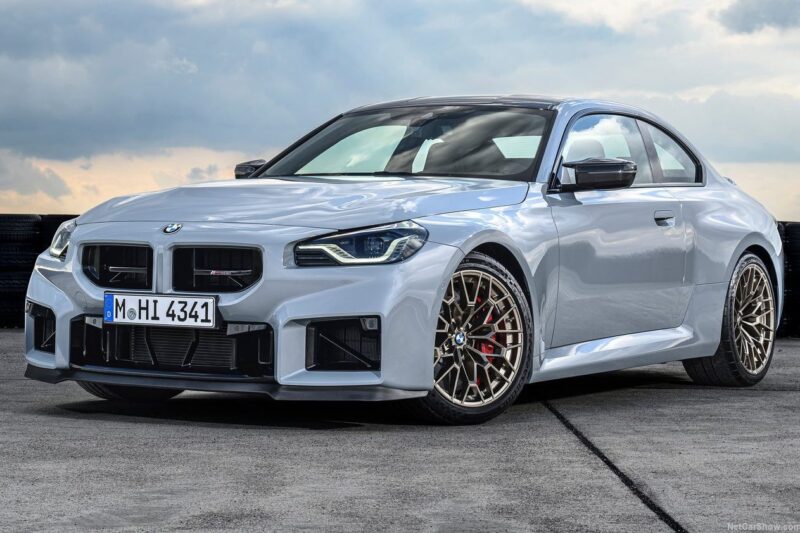
Both the E46 M3 and G87 M2 also spawn more hardcore versions that push the boundaries of performance; however, neither the E46 M3 CSL nor the G87 M2 CS offer a manual. The legendary E46 M3 CSL was lighter, sharper, and built for the track, with 355 horsepower and 273 pound-feet of torque, its carbon-fibre construction making it an icon. The upcoming 2026 G87 M2 CS follows that same formula. Power increases to 523 horsepower and 479 pound-feet of torque thanks to refinements in the S58 engine.
With its combination of exclusivity, lighter bodywork, and sharper response, the M2 CS will likely stand as the most track-focused compact M car BMW has ever offered to date. It also reinforces the M2’s role as the final chapter of a purely rear-drive, combustion-powered M car that enthusiasts can still enjoy before the brand transitions to hybrid and electric drivetrains.Finally, unlike the current M3 and M4, the M2 thankfully continues to retain a more timeless, regular-sized grille that enthusiasts appreciate. It’s the spiritual successor to both the E46 M3 and the 1M. So if you’re chasing that classic BMW magic with a dash of nostalgia, the modern-day M2 delivers and it’s everything you loved about the E46, reborn for today’s world.
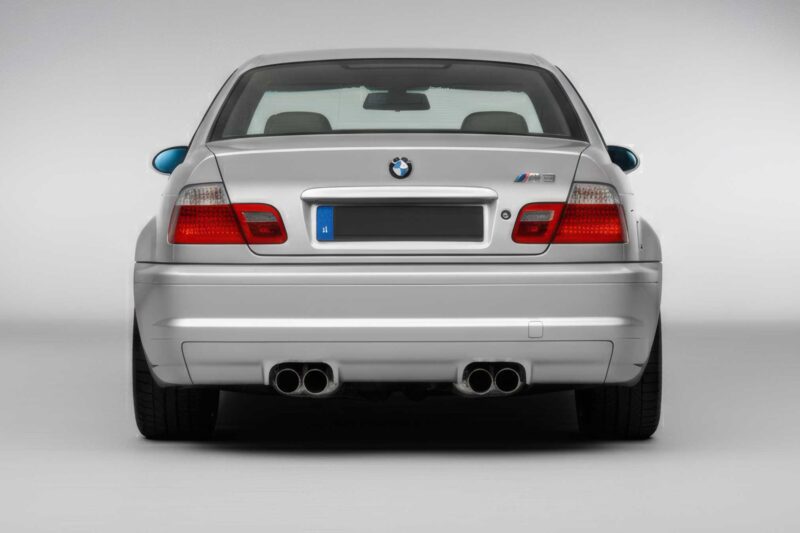
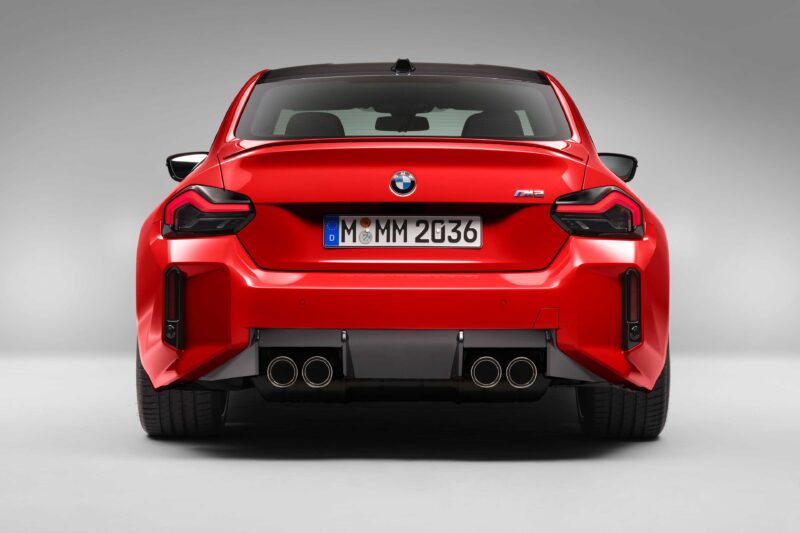
| Specification | BMW M3 E46 (2001–2006) | 2026 BMW M2 |
| Engine | 3.2L Naturally Aspirated Inline-6 (S54) | 3.0L Twin-Turbo Inline-6 (S58) |
| Power | 343 hp | 453 hp |
| Torque | 269 lb-ft | 406 lb-ft (MT) / 443 lb-ft (AT) |
| Transmission | 6-Speed Manual / SMG | 6-Speed Manual / 8-Speed Automatic |
| Drivetrain | Rear-Wheel Drive | Rear-Wheel Drive |
| Curb Weight | 3,450 lb | 3,814 lb |
| Power-to-Weight Ratio | 10.2 lb/hp | 8.07 lb/hp |
| 0–60 mph | 4.9 sec | 3.9–4.1 sec |
| Top Speed | 155 mph (electronically limited) | 155 mph (177 mph with M Driver’s Package) |
| Length | 176.9 in | 180.3 in |
| Width | 70.1 in | 74.3 in |
| Height | 54.0 in | 55.2 in |
| Wheelbase | 107.5 in | 108.1 in |
| New MSRP | ~$50,000 | $68,200 |
| Used Market Price (2025) | $45,000–$90,000+ depending on condition | – |
Images: BMW


